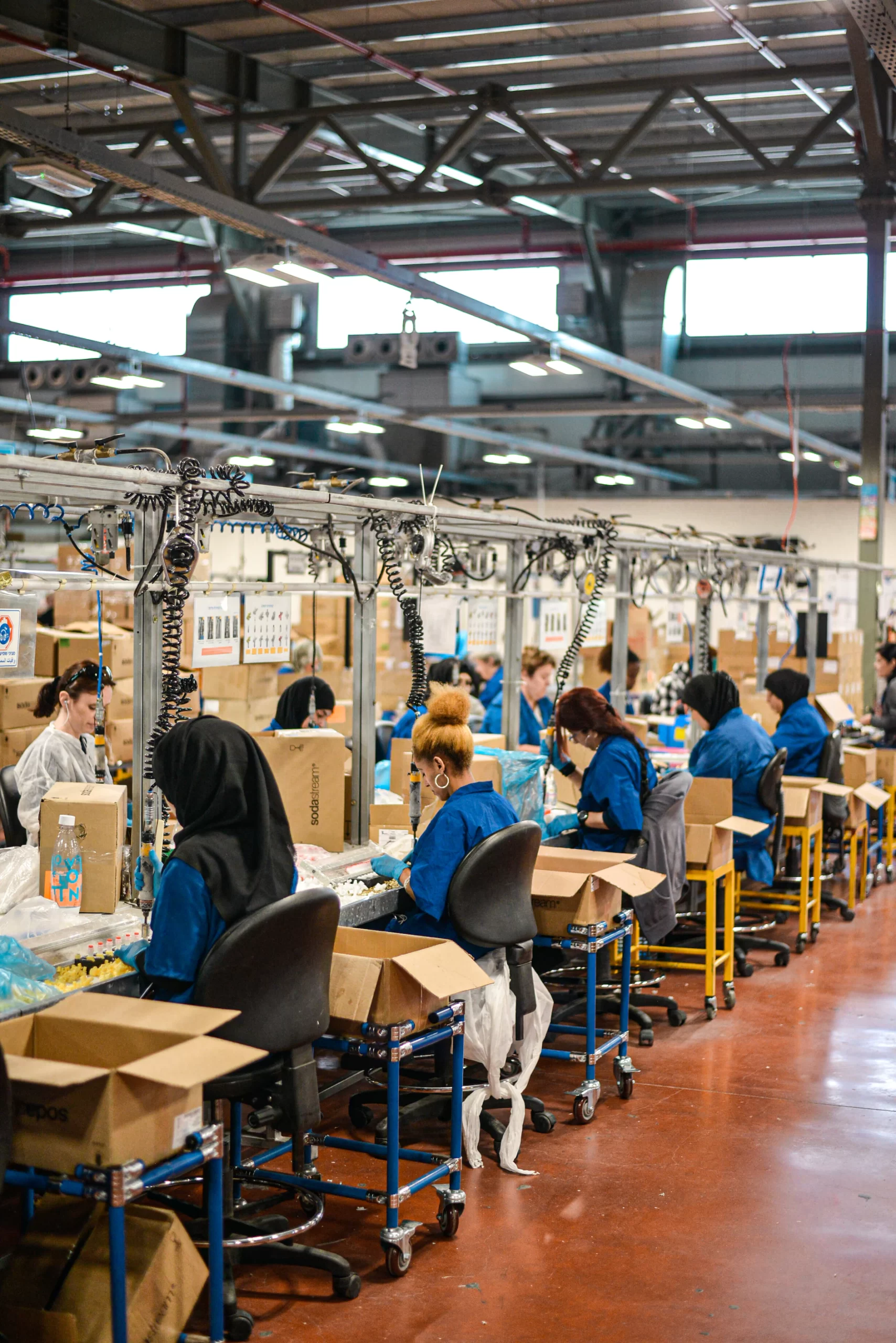Free Shipping Over $95

The Size of the Fashion Market and Its Incipient Shift toward Eco-Sustainability
The fashion industry is a global economic powerhouse, with billions of dollars generated each year. However, this immense market has also been associated with significant environmental and social impacts, including pollution, waste, and labor exploitation. In recent years, there has been a noticeable shift within the fashion industry towards eco-sustainability, driven by growing consumer awareness and concerns about the planet. This article aims to explore the size of the fashion market, the reasons behind its incipient shift towards eco-sustainability, the challenges faced, and the positive impact it can have on the environment.
The Size of the Fashion Market
The fashion market is vast, encompassing clothing, accessories, footwear, and textiles. According to Statista, the global apparel market was valued at approximately $1.5 trillion in 2020. This figure is expected to grow in the coming years, highlighting the industry’s economic significance.
The Shift towards Eco-Sustainability
Consumer Awareness and Demand: Increasing consumer awareness about the environmental and social impacts of the fashion industry has played a significant role in driving the shift towards eco-sustainability. Consumers are now more conscious of their purchasing choices and seek fashion brands that align with their values. They demand transparency, ethical practices, and sustainable materials.

Environmental Concerns: The fashion industry’s environmental impact is substantial, with issues such as water pollution, carbon emissions, and textile waste. As these concerns become more widely known, both consumers and industry professionals are motivated to find eco-friendly alternatives. The desire to reduce harm to the environment has prompted a push towards sustainable fashion.
Innovation in Materials and Production: Advancements in technology and innovation have allowed for the development of eco-friendly materials and production methods. Sustainable fabrics like organic cotton, recycled polyester, and hemp are gaining popularity. Additionally, innovative techniques such as waterless dyeing, 3D printing, and upcycling are being adopted to minimize waste and reduce the industry’s ecological footprint.

Challenges in the Shift towards Eco-Sustainability
While the fashion industry’s move towards eco-sustainability is promising, several challenges need to be addressed
Supply Chain Complexity: The fashion supply chain is complex, involving multiple stages from raw material sourcing to manufacturing, distribution, and retail. Ensuring sustainability throughout this intricate network poses challenges, including traceability, fair labor practices, and reducing carbon emissions.
Fast Fashion Culture: The fast fashion culture, characterized by inexpensive and rapidly changing trends, has contributed to overconsumption and waste. Encouraging a shift towards more sustainable and durable fashion choices requires altering consumer behaviors and challenging the notion of disposable fashion.
Cost and Accessibility: Sustainable fashion often comes with a higher price tag due to the use of eco-friendly materials and ethical production practices. This cost can make sustainable fashion less accessible to certain consumer segments. Overcoming this challenge involves making eco-friendly options more affordable and widely available..
Positive Impact of Eco-Sustainability in Fashion
Reduction of Environmental Impact: Embracing eco-sustainability in the fashion industry can significantly reduce its negative environmental impact. By using renewable materials, minimizing waste, and adopting sustainable practices, the industry can conserve resources, reduce pollution, and mitigate climate change.
Improved Working Conditions: Eco-sustainability encompasses not only environmental considerations but also ethical labor practices. By promoting fair wages, safe working conditions, and workers’ rights, the fashion industry can contribute to the well-being of garment workers and foster social sustainability.
Consumer Empowerment: The shift towards eco-sustainability empowers consumers to make conscious choices aligned with their values. By supporting sustainable fashion brands, consumers can drive positive change and encourage the industry to prioritize environmental and social responsibility.
Innovation and Collaboration: The pursuit of eco-sustainability in fashion encourages innovation and collaboration. Brands and designers are exploring new materials, production methods, and business models to create a more sustainable industry. Collaboration between stakeholders, including industry leaders, NGOs, and consumers, can lead to collective action and transformative change..

